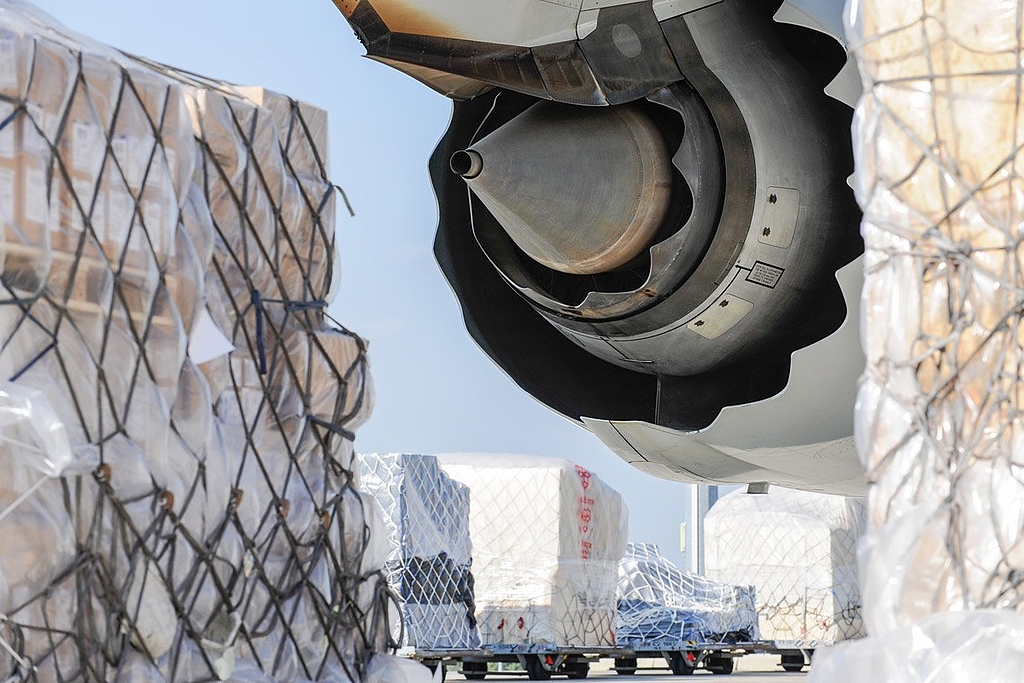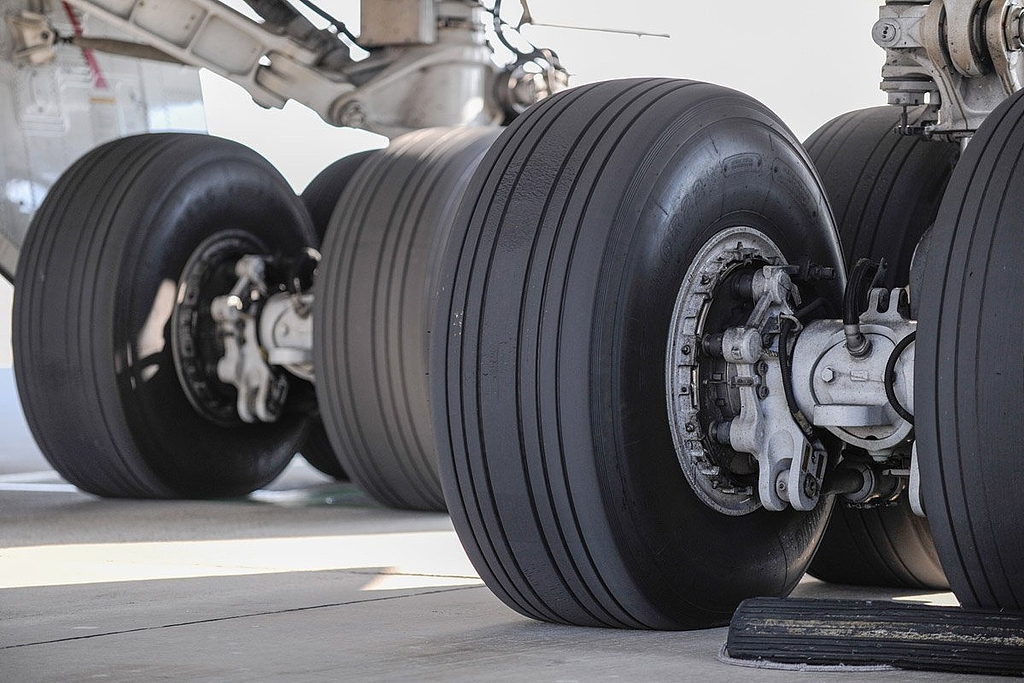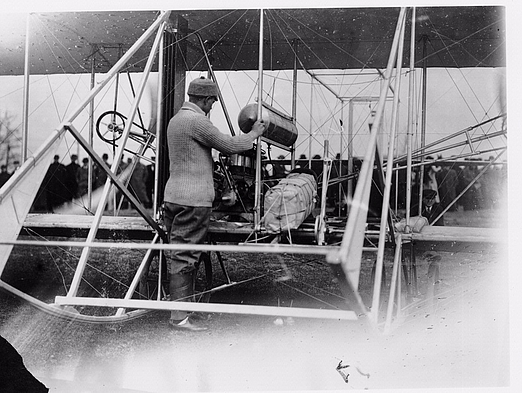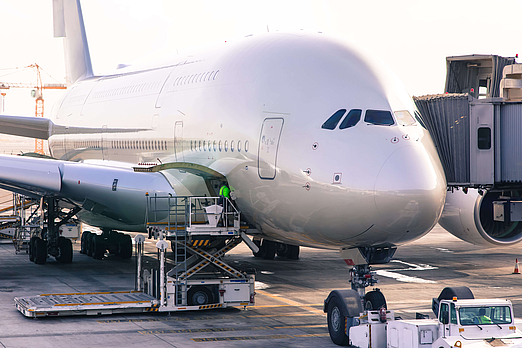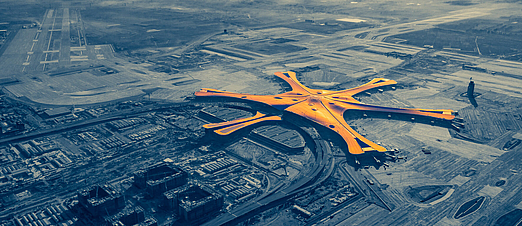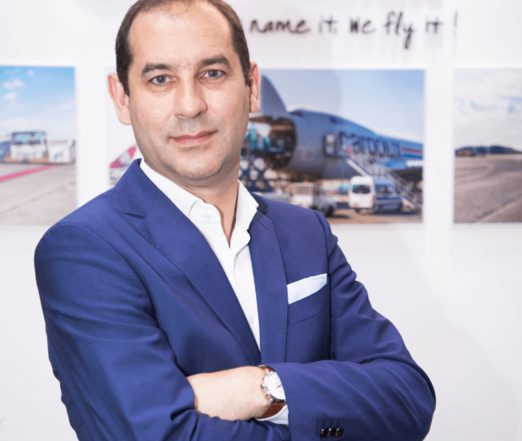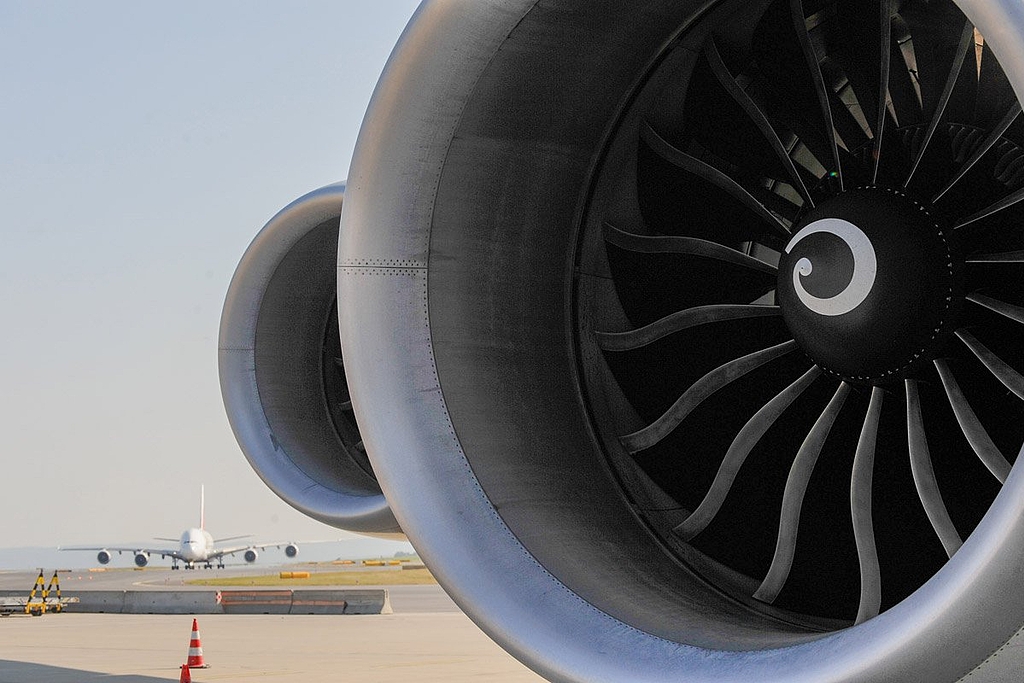“We are preparing intensively for the distribution of coronavirus vaccines”
- Interviews
cargo-partner and Lufthansa Cargo are united by a long-standing collaboration. Out of this close collaboration emerged an excellent relationship with Dorothea von Boxberg, CCO of Lufthansa Cargo. We took this opportunity and invited her to talk to us about the lockdowns, plans to integrate Lufthansa Cargo into the parent company, kerosene generated from electricity and their plans regarding the distribution of coronavirus vaccines.
“No, we did not have an emergency plan ready for this pandemic.”
“Should there be a renewed urgent need for capacity which can be easily loaded in ‘preighters’, we could offer these services again at short notice.”
Dorothea von Boxberg about unforeseen situations and flexible solutions during the COVID-19 pandemic

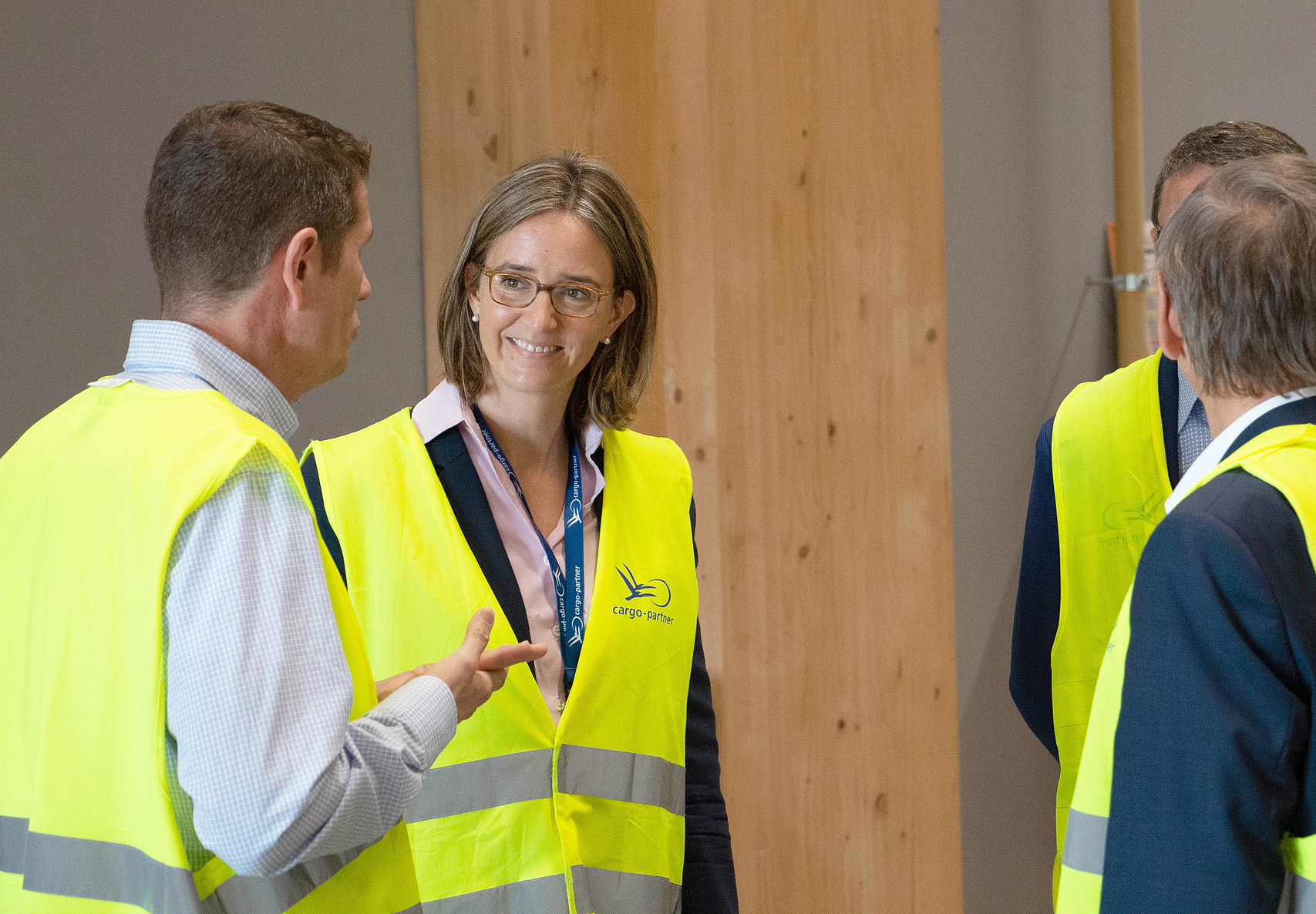
“At Lufthansa Cargo, we enjoy working with medium-sized forwarders such as cargo-partner. The special focus on quality, reliability and trust, combined with the eagerness to find new solutions for our customers, is what unites us in this respect.”
The Lufthansa Cargo CCO sums up the cooperation between the two companies.
